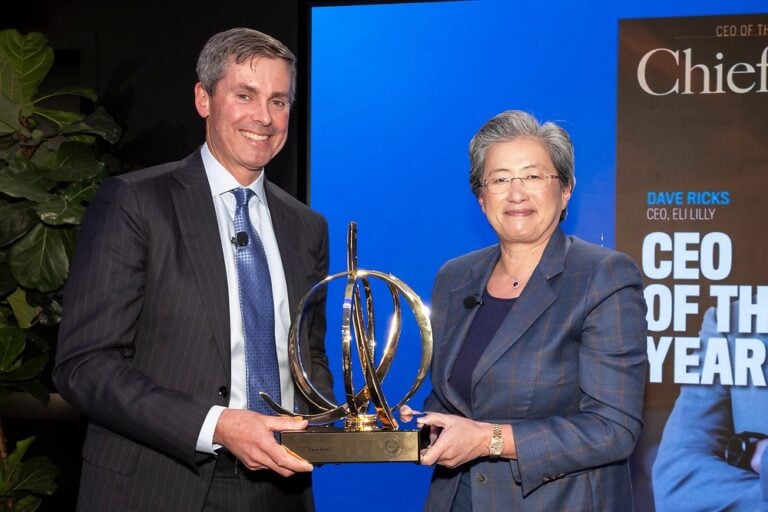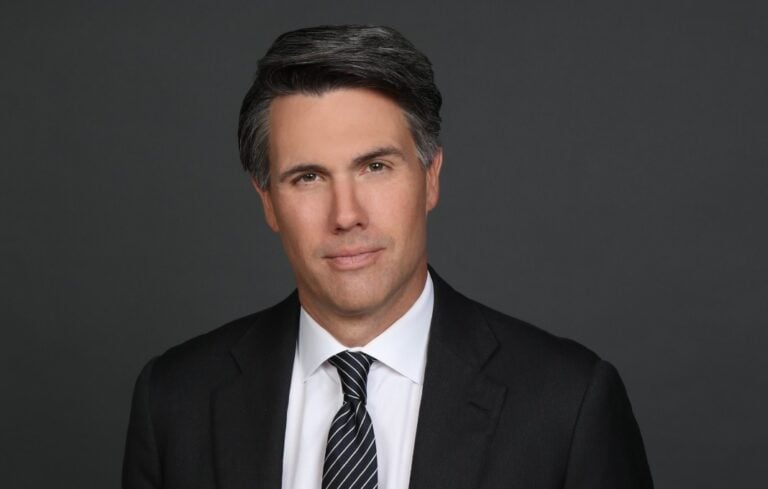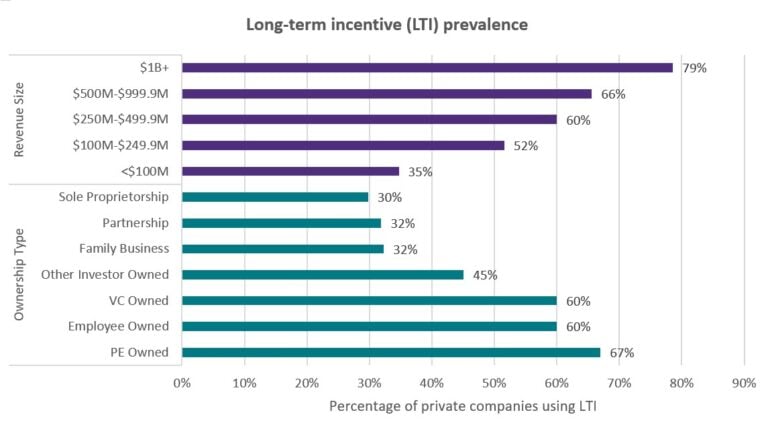
Every time a site consultant or state economic-development official turns around, some automaker or large supplier is expanding a plant, ordering tooling for a promising future model, domesticating production that occurred offshore or even plotting a whole new facility. It’s happening across America’s increasingly prosperous auto belt.
In the first quarter alone, among other moves, Chrysler announced expansion of its Jeep plant in Toledo, Ohio. Ford said it would return output of medium-duty trucks from Mexico to Ohio. Volkswagen flirted with unionization of its Chattanooga, Tennessee, plant amid speculation that the company would double its footprint there via production of a new SUV. BMW revealed a major new investment at its Spartanburg, South Carolina, manufacturing complex.
And, of course, Tesla dangled its multi-billion-dollar battery “gigafactory” in front of four Sun Belt states as potentially the biggest economic plum ever bestowed by a carmaker. Texas, Nevada, Arizona and New Mexico benefit just from being considered.
Yet while American and foreign-based automakers are deciding in favor of more U.S. output than could have been imagined even a few years ago, opportunities remain limited for new states to get into the game.
Because they have built advantages in transportation infrastructure, labor-force skills, utility rates and other important auto-manufacturing criteria over the course of decades, the Midwest and South are harvesting almost all of the stepped-up domestic output.
“The states with the toughest business cases for making cars are all gone now,” note Sean McAlinden, executive vice president of research and chief economist for the Center for Automotive Research, based in Ann Arbor, Michigan. “New York, California, New Jersey—they all had the highest tax and health-insurance rates and were far from suppliers that have clustered in the Upper Midwest and South.”
Now a few new states could make cases as virgin territory for auto production. Nebraska, for instance, has positioned itself for such a run with tax reform and workforce-education initiatives, argued Larry Gigerich, managing director of Ginovus, an Indianapolis-based site consultant. Pennsylvanialurks on the fringes.
Even Arizona and Nevada could join the auto belt someday because of favorable taxes and Sun Belt locations that are increasingly crucial markets for all auto companies. Landing the Tesla plant would make either an instant Tier 1 member of the car-state fraternity. If Texas gets the nod from Tesla, it could become an auto-making superpower, since General Motors and Toyota already have major operations there making their most profitable vehicles: pickup trucks.
“No matter which state wins,” Gigerich says, “there also will be the opportunity to develop a research and technology park to leverage off Tesla’s impact, because of the sheer size of its facility.”
But as a cautionary tale, states also must consider the case of Arkansas. Surrounded literally on every side and corner by a state that already was making cars, several years ago Arkansas “fell flat on its face in an attempt to launch an automotive platform because it just didn’t have the industrial labor force,” McAlinden says.
Tennessee also provides reason to pause. The state granted Volkswagen $500 million in incentives to open its plant in 2008. But when VW cooperated with the United Auto Workers union in staging a unionization vote in the plant in February, some national and local politicians in the state threatened to close the spigot on any further financial breaks for Volkswagen if the union won. It didn’t.
One trend is clear: Increasingly, the attractiveness of the Midwest and the South as auto-making regions is equalizing. Rising wage rates and even the threat of unionization of a Sun Belt plant make it more complicated for Japanese, Korean and German manufacturers to expand in those states. Meanwhile, favorable tax reforms and the spread of a right-to-work ethos in traditional car-manufacturing powerhouses Michigan, Indiana and Ohio impose dwindling penalties on the Detroit Three for sticking with the region they know best.
“The only remaining big difference is that, for deal-closing tools, Southeastern states can bring more to the table than Midwestern states in terms of cash-equivalent incentives,” Gigerich says. “But we tell our clients not to make a decision on incentives. Everything else has to line up first.”
2014 Best & Worst States for Business
Auto Manufacturing Redraws Its Map
5 Great States for Biotech Companies
States Leading The Crowdfunding Surge
How CEOs Grade the States
10 Best States for Business in 2014
7 Best States for Startups 2014




0

1:00 - 5:00 pm
Over 70% of Executives Surveyed Agree: Many Strategic Planning Efforts Lack Systematic Approach Tips for Enhancing Your Strategic Planning Process
Executives expressed frustration with their current strategic planning process. Issues include:
Steve Rutan and Denise Harrison have put together an afternoon workshop that will provide the tools you need to address these concerns. They have worked with hundreds of executives to develop a systematic approach that will enable your team to make better decisions during strategic planning. Steve and Denise will walk you through exercises for prioritizing your lists and steps that will reset and reinvigorate your process. This will be a hands-on workshop that will enable you to think about your business as you use the tools that are being presented. If you are ready for a Strategic Planning tune-up, select this workshop in your registration form. The additional fee of $695 will be added to your total.

2:00 - 5:00 pm
Female leaders face the same issues all leaders do, but they often face additional challenges too. In this peer session, we will facilitate a discussion of best practices and how to overcome common barriers to help women leaders be more effective within and outside their organizations.
Limited space available.

10:30 - 5:00 pm
General’s Retreat at Hermitage Golf Course
Sponsored by UBS
General’s Retreat, built in 1986 with architect Gary Roger Baird, has been voted the “Best Golf Course in Nashville” and is a “must play” when visiting the Nashville, Tennessee area. With the beautiful setting along the Cumberland River, golfers of all capabilities will thoroughly enjoy the golf, scenery and hospitality.
The golf outing fee includes transportation to and from the hotel, greens/cart fees, use of practice facilities, and boxed lunch. The bus will leave the hotel at 10:30 am for a noon shotgun start and return to the hotel after the cocktail reception following the completion of the round.